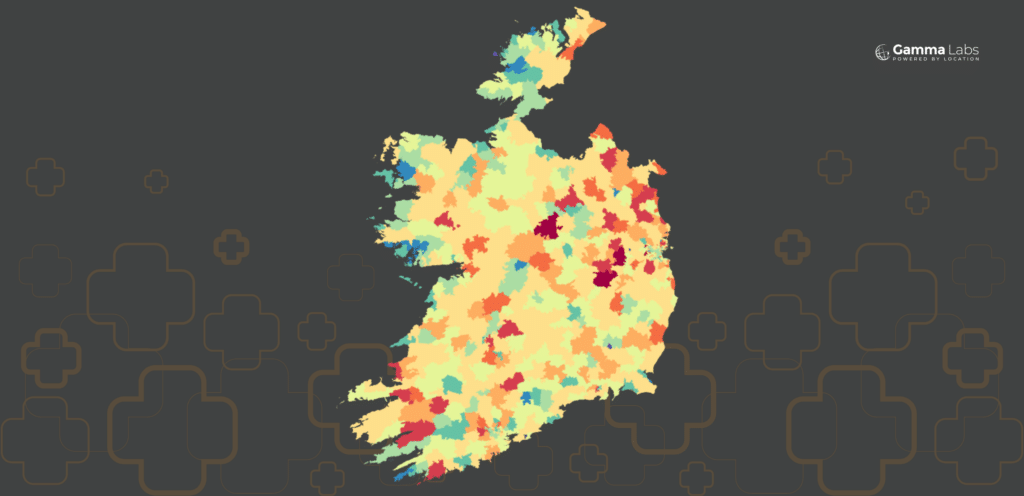Census 2016 preview

8 TRENDS FROM CENSUS 2011 THAT CENSUS 2016 MAY CONFIRM ABOUT IRELAND
The approaching Census 2016 survey is most interesting – for demographic analyst bores like me anyway. Think the level of excitement that a quinquennial Star Trek conference (with William Shatner present) would generate for Trekkies and you come close to understanding the anticipation and trepidation involved.
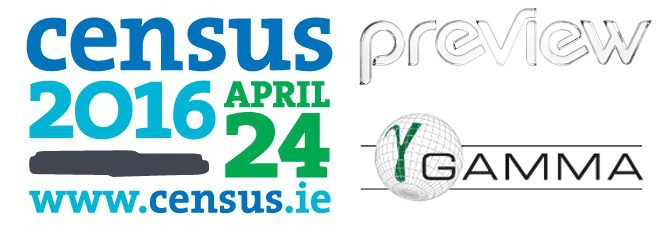
Now, I’m not only interested in the headline figures around population increases and house building but some of the more hidden away “minor” stats that reveal a lot about the direction of our nation, our lifestyle and our needs. To give you a feel for what we might expect, here are my most important take away’s from the last Census in no particular order:
1. IRELAND IS A VERY FERTILE PLACE
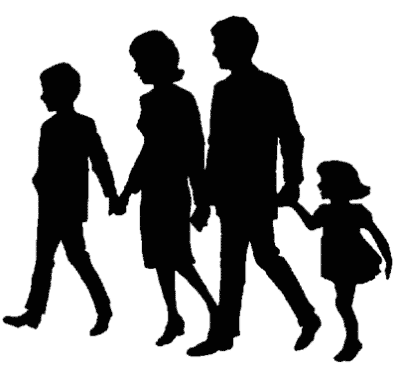
Ireland was and still is second to only France in the EU in Total Fertility Rate with a rate of just under 2.0. This means that Irish women can on average be expected to bear two children over their lifetime. Our rate, being under the required rate of 2.1, does not support a long term replacement of our population and ultimately we will require net in-migration to maintain our current labour force levels. Other developed countries where fertility levels are at a much lower level, face an even bigger long term problem in maintaining growth.
2. OUR GROWTH COMES FROM MORE ADULTS AND PEOPLE LIVING LONGER
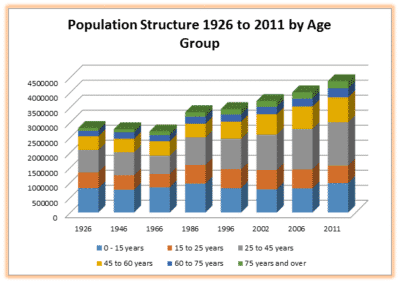
Since 1926, our population of under 25’s hasn’t really grown. For the source of our jump in population, look to the 25 to 45 cohort boosted by returning and new immigrants and to our elderly cohort living longer.
3. IRELAND HAS HAD A CULTURAL TRANSFORMATION

In 2002, there were 2,000 Poles in Ireland. By 2011, this had grown to 123,000- that’s more than the population as Cork City. In 2002, there were 224,000 Non-Irish residents in Ireland. By 2011, this had grown to 544,000- that’s more than the population of Dublin City. Clearly, we need adult workers to supplement our declining fertility rates and to support a strong and growing labour force. But has the trend continued into 2016 or have the migrant workers departed?
4. ALL HAIL THE RISE OF THE PENSIONER

The population of persons aged over 85 rose by 40% between 2002 and 2011 as people continue to live longer and longer. The 65+ cohort rose significantly by 14% from 2006 to 2011. The cohort was projected to represent 26% of the population by 2041, from 11% in 2011. So maybe you’d better start being nicer to the seniors… before it’s too late.
5. WE CHANGED THE WAY WE PAY FOR OUR HOMES

There was a huge increase in renting between 2006 and 2011 as uncertainty about house prices and migration increased. Three out of every four occupied apartments in Ireland was rented in 2011. Over 475,000 households were renting in 2011, a 47% increase from the 2006 figure. Has this trend continued or have renters become owners or gone abroad? Census 2016 will reveal all.
6. A HIGHLY EDUCATED FUTURE?
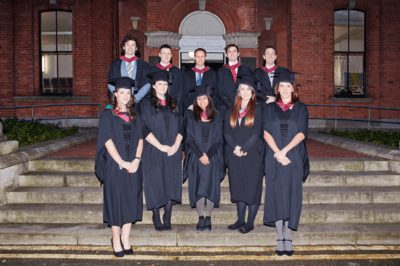
Ireland’s success at producing college graduates is very impressive. In 2011, we had the highest rate of 30 to 35 year olds with a third level qualification in Europe. A narrow band yes but a promising indicator as to the educational attainment of our labour force. Has this rate continued into 2016 and have they remained in Ireland?
7. UNEMPLOYMENT – A HIGHLY SELECTIVE PREDATOR

Between 2006 and 2011, the unemployment rate doubled. But not evenly across the nation. Specific skills and social groups were hit hard and others left relatively unaffected. The Census showed us that if you were male, young, non-Irish, an unskilled/skilled manual worker and without a third level education, you had a high chance of being the unemployed person that made up the statistic. Outside of this group, you were far less likely to have been affected. Census 2016 will reveal much about this trend and how we have addressed this problem.
8. FOUR WHEELS GOOD – TWO WHEELS BAD

My last point would be funny if it didn’t correlate with the greatest risk to public health of our time, obesity/diabetes. You would have to have lived under a rock to have missed the multitude of public health releases regarding our rapid move into the “Fatties of Europe” category. These focus on the high sugar and fat consumption by our nation and to a lesser degree our ever increasing sedentary lifestyles. Census 2011 revealed one statistic which was so ludicrous to my mind that I thought at the time it was an anomaly. It’s worth putting in in capitals.
IN 2011, – FIVE TIMES MORE GIRLS DROVE THEMSELVES TO SECONDARY SCHOOL THAN CYCLED. ONLY 529 GIRLS CYCLED TO SECONDARY SCHOOL IN 2011, DROPPING FROM OVER 19,000 in 1986.
It’s a long way from Penny Apple’s, Bill !
Census 2016 is being carried out this Sunday April 24th. Please fill in your forms and keep Census nerds like me off the streets, where I risk being run over by a teenager going to school.
@ 2016 Gamma.ie by Feargal O’Neill
About Gamma
Gamma is a Location Intelligence (LI) solutions provider; we integrate software, data and services to help our clients reduce risk through better decision-making. Gamma was established in 1993 and was the first company to develop LI for the private sector in Ireland. The company has expanded to become a global provider of cloud-hosted LI systems, micro-marketing solutions and related services.
